Former Palestinian peace negotiator Yezid Sayigh said that US President Donald Trump’s Gaza peace plan is ‘deeply flawed’ but has a positive element to it. In a conversation with Firstpost’s Bhagyasree Sengupta, Sayigh, Senior Fellow, Malcolm H. Kerr Carnegie Middle East Centre, shares his take on Trump’s plans, along with other crucial aspects of the ongoing tensions.
Interestingly, Sayigh’s remarks on Trump’s plan came two days before Trump announced that Israel and Hamas had agreed on the first phase of the ceasefire proposal. This would entail the release of all 48 hostages, including 20 living by Monday and a ceasefire in the region.
However, despite the confirmation from all sides, bombardment was reported in different parts of Gaza. Meanwhile, experts, including Sayigh, have been pointing out the complications in resolving the current conflict situation.
Sayigh was an adviser, negotiator, and policy planner in the Palestinian delegation to the peace talks with Israel, 1991-2002 and advised on Palestinian public institutional reform until 2006. While talking to Firstpost, Sayigh shared his assessment on several aspects of the ongoing Israel-Hamas war; Trump’s Gaza peace plan, the crisis in the West Bank and the West’s calls for a two-state solution.
‘Deeply flawed but with positive aspects’: Sayigh
While sharing his take on Trump’s peace plan, Sayigh said that the proposal is “ deeply flawed”. However, he pointed out one positive element of the deal.
“Trump’s plan is very deeply flawed, very problematic. There’s one reference to Palestinian statehood, but it doesn’t commit to that," he said.
“There are other problems, mostly that as soon as Hamas has delivered on its side of the agreement, which is to release Israeli hostages remaining in its hands, and then to lay down its weapons, and to accept not to take part in governing Gaza in the future, what is not so clear is the timetable and the terms for full Israeli withdrawal from the Gaza Strip, and how we move from there to a meaningful political dialogue that reaches any form of self-determination for the Palestinian people,” Sayigh told Firstpost.
Impact Shorts
More Shorts“If we look at it as a whole, then you see that this is a plan that in a way almost seems designed to do one thing, and that is to derail and diffuse and deflect the massive growth in international public opinion opposed to what Israel has been doing in Gaza, to Israeli use of famine as a weapon of war,” Sayigh told Firstpost.
“Growing number of significant states in the G7 group, for instance, that have recognised the state of Palestine and that could potentially start taking more material concrete steps, such as reducing Israeli trade access to the European Union markets, or access to research and scientific cooperation and grants, and so on.”
Sayigh maintained that Trump’s proposed peace plan does little more than block the plan that’s already been produced, referring to the reconstruction frameworks proposed by the United Nations or the League of Arab States or the Arab League, which were championed by Egypt and supported by Saudi Arabia.
The positive aspect of the deal
However, the Palestinian historian pointed out one positive aspect of the deal, i.e. the establishment of the International Stabilisation Force in Gaza. “There is, I think, one element to the Trump plan that is really interesting and potentially really positive, and this is that the Trump Plan calls for the immediate withdrawal of Israeli forces to a midway point in Gaza.”
“That is maybe of minor significance. What’s more important, I think, is that the Trump plan calls for the immediate deployment of an international stabilisation force in Gaza, which will gradually take over more and more of Gaza while the Israeli forces withdraw entirely to the border perimeter and to a sort of, you know, security perimeter,” he said.
“What this means is that for the first time in 57 years or 58 years since Israel occupied the Gaza Strip, Gaza will become under international control and will basically completely escape Israeli control. There will be no reason for Israel to, and hopefully no opportunity for Israel to intervene militarily to re-enter the territory.”
He also pointed out how Trump’s plan also put a great deal of emphasis on economic growth, development, reconstruction, and revival of Gaza, “none of which can happen unless Gaza finally gains, after 58 years, free direct access to the international markets”.
“So, if we think about the military side of this, it comes under international control; the governance side comes under international control, which then secures Israeli security interests and therefore should allow Gaza free access to the world. That is a huge transformation,” he said.
The complicated aspect: Prisoners exchange
One of the contentious issues in the peace plan is the nature of the prisoner and hostage exchange. While it has been clear from the get-go that under the deal, Hamas would have to release all 48 hostages, which it agreed on Wednesday, the nature of the prisoners Israel will be releasing remains unclear.
A source within the Palestinian group told AFP that Hamas will exchange 20 people who are alive in its captivity for nearly 2,000 Palestinian prisoners as part of the first phase of the peace plan proposed by US President Donald Trump, and to which both sides agreed during the first phase talks in Egypt. It is, however, not clear exactly how many or what category of prisoners Israel would or would not release as part of the agreed exchange.
The UK-based BBC quoted Hamas officials as saying that the list of prisoners it had submitted to mediators in Egypt included high-profile figures such as Marwan Barghouti, seen by many Palestinians as a future president. However, Israel has maintained that it wouldn’t release prisoners it considers “terrorists”. Hence, this dilemma sustains.
The risk of sabotage is high
While speaking to Firstpost, Sayigh shared his doubts about the longevity of the Trump peace plan. He said while Trump’s plan calls for immediate actions from both sides, Hamas might end up being at the mercy of the Israeli government to fulfil certain obligations.
“On one side, you could argue that Trump’s plan is fairly unambiguous. It says literally that Israeli forces should withdraw immediately. It uses the words immediately to the agreed new line. That’s unambiguous,” he told Firstpost.
“The Trump plan also says that an international stabilisation force will deploy again immediately, totally unambiguously so. If these two conditions are actually met, then Hamas can more safely surrender the remaining Israeli hostages in its hands,” Sayigh explained.
“It may even plan to start laying down its weapons. Now there will be, of course, a lot of debate about whether they lay down all weapons or what they call offensive weapons, keeping defensive weapons,” he said.
“The critical thing is that the plan calls clearly for certain immediate steps, without which we can’t expect Hamas to fulfil its own obligations realistically, because it’ll be entirely at the mercy of an Israeli government that has proved itself repeatedly to sabotage every ceasefire process, to unilaterally cancel the one best ceasefire we had at the beginning of this year that started in January, which Netanyahu cancelled in March.”
How tolerant could Israel be in the post-ceasefire months?
With distrust running deep on both sides of the Gaza fence, Sayigh believes the road to peace could be trickier. He said, “It’s unlikely that anyone would surrender any leverage they had when they have no protection whatsoever. Now, even if there’s an international force in Gaza, we know from experience that this is not a 100 per cent guarantee that Israel cannot reinvade because we’ve seen Israel repeatedly in South Lebanon go through over UN forces, Sayigh added, recalling how Israeli forces attacked international bodies multiple times in the past.
Citing the Israel-Hezbollah war of 2024 and similar previous conflicts, Sayigh criticised Tel Aviv, accusing it of being an aggressive force in the region. Israel, on its part, has cited what it calls collective animosity to its existence among its West Asian neighbours.
Sayig said, “Last year, during the war with Hezbollah, we knew that international forces in Gaza were not a guarantee. There’s also a high risk, as we saw in 1982 when the then-US President, Reagan, sent a peacekeeping force to oversee the evacuation of the PLO from Beirut.”
“One of the conditions was that the Israelis would also pull back from Beirut. Instead, they came into Beirut after the PLO left and surrounded the refugee camps, Palestinian refugee camps. They brought in right-wing Lebanese militiamen, who then committed the infamous massacre of Sabra Shatila refugee camps, where they massacred anywhere between 802,000 unarmed Palestinian refugees. So there’s a lot of history here that suggests that,” he alleged.
However, Sayigh still believes that “the new plan is doable” while acknowledging that “the political risk here is very high”. As Trump’s Gaza peace plan comes into play, the questions and doubts over it would keep calling for intense debates in geopolitical and media circles as it gets rolled out in the coming weeks and months — of course, unless a new disruption comes up.


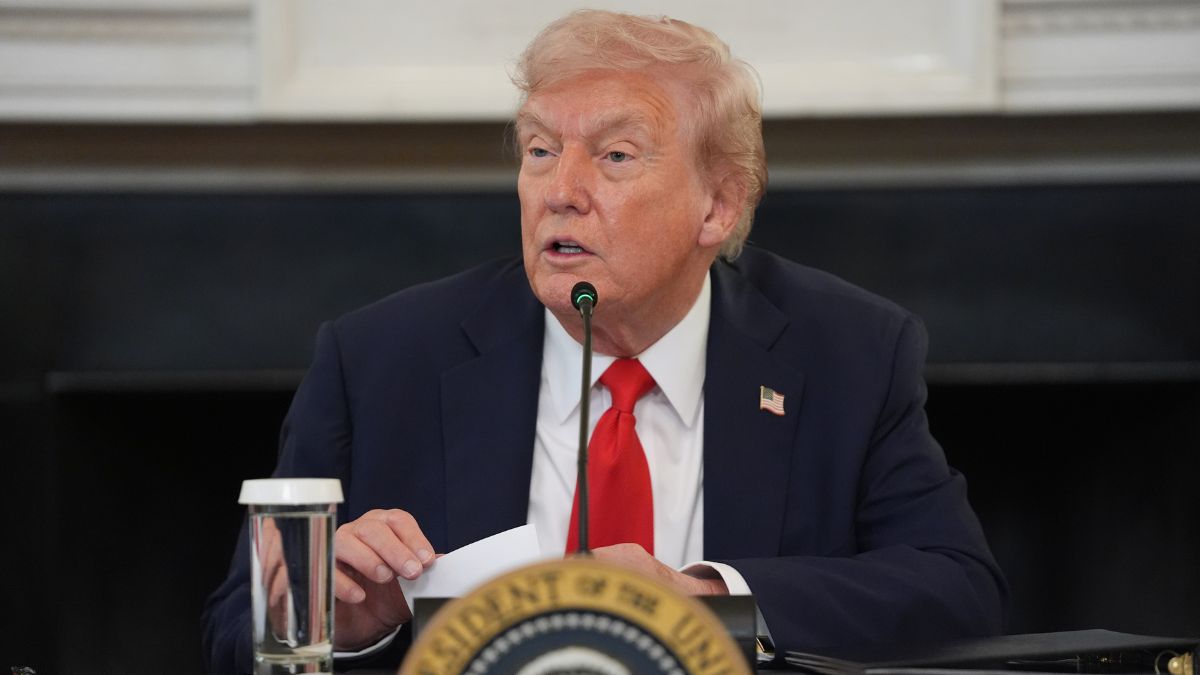)
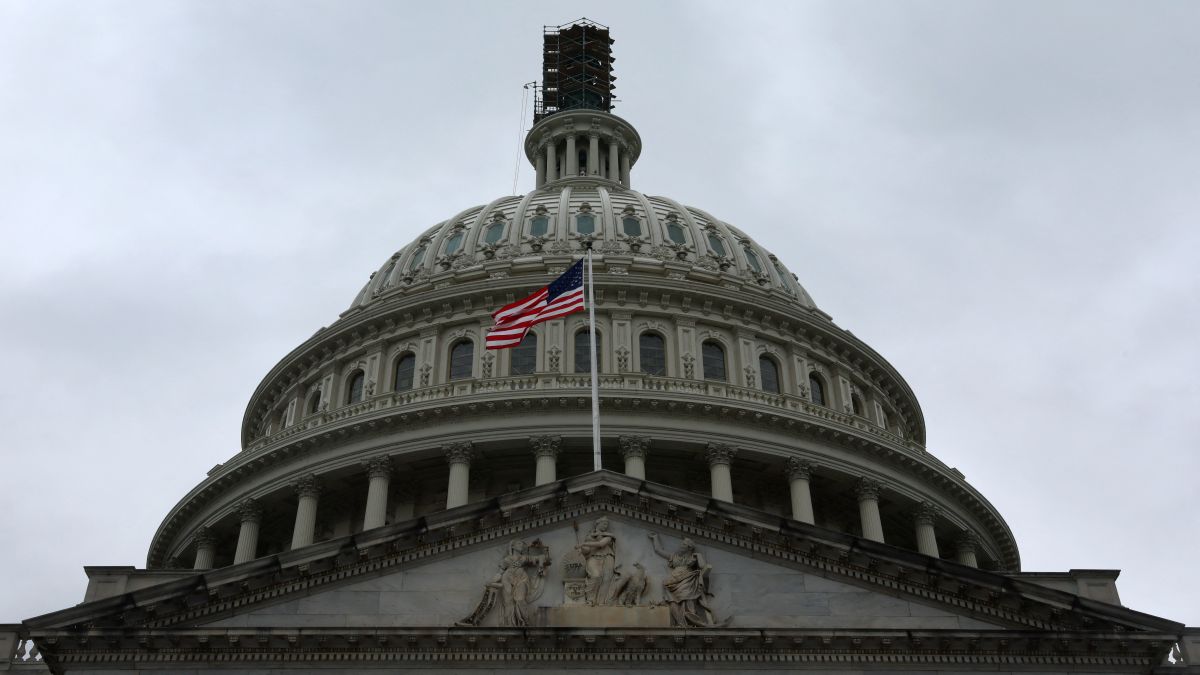
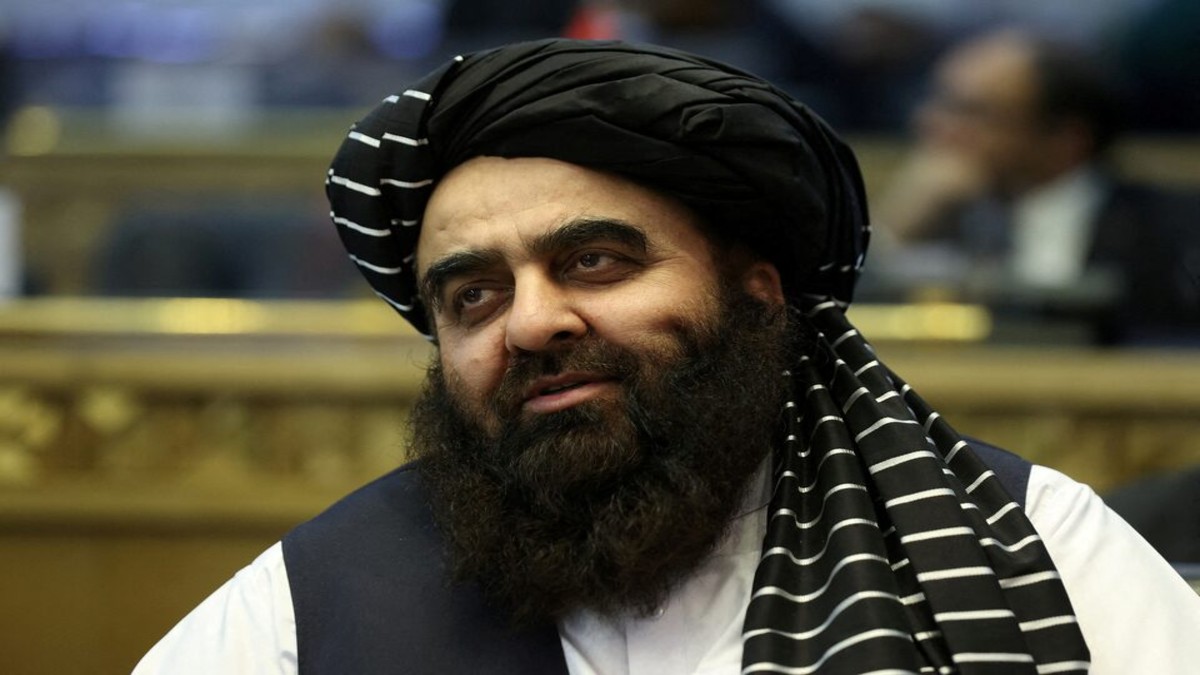)
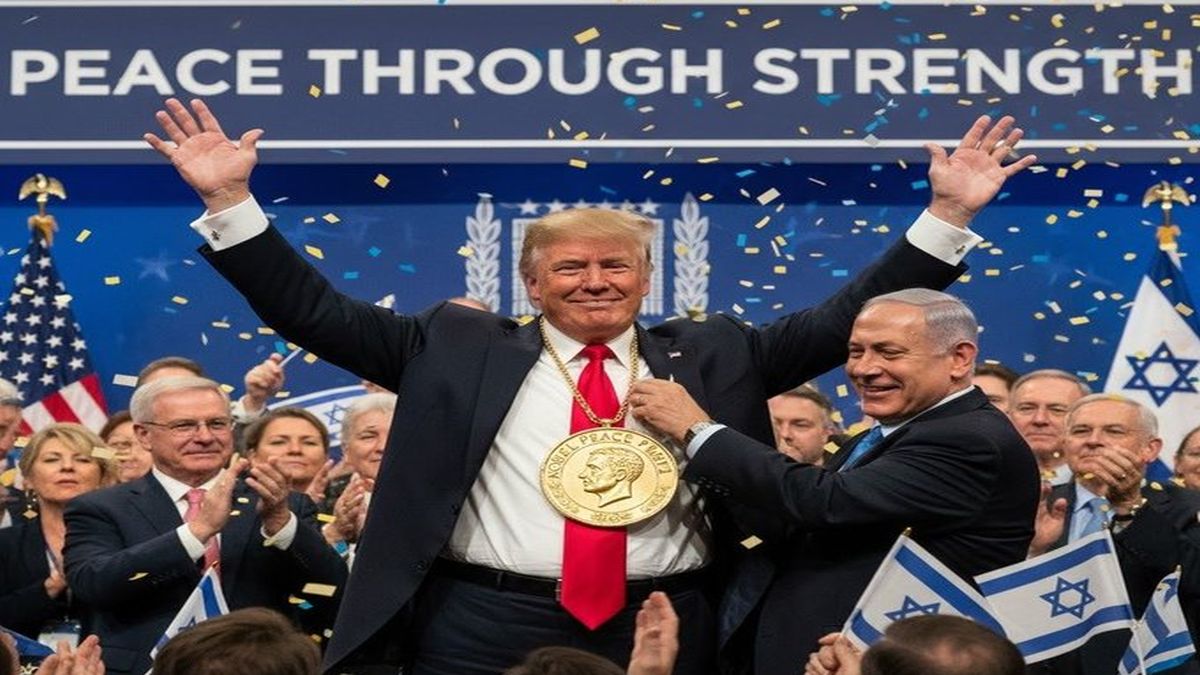)
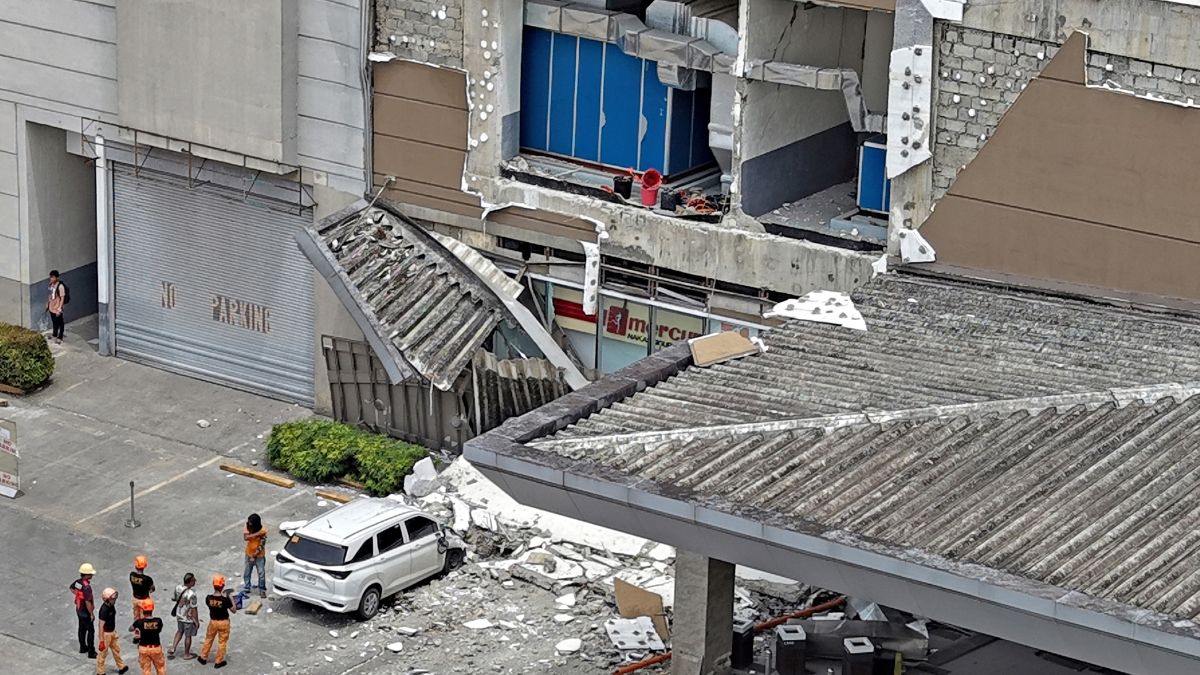)
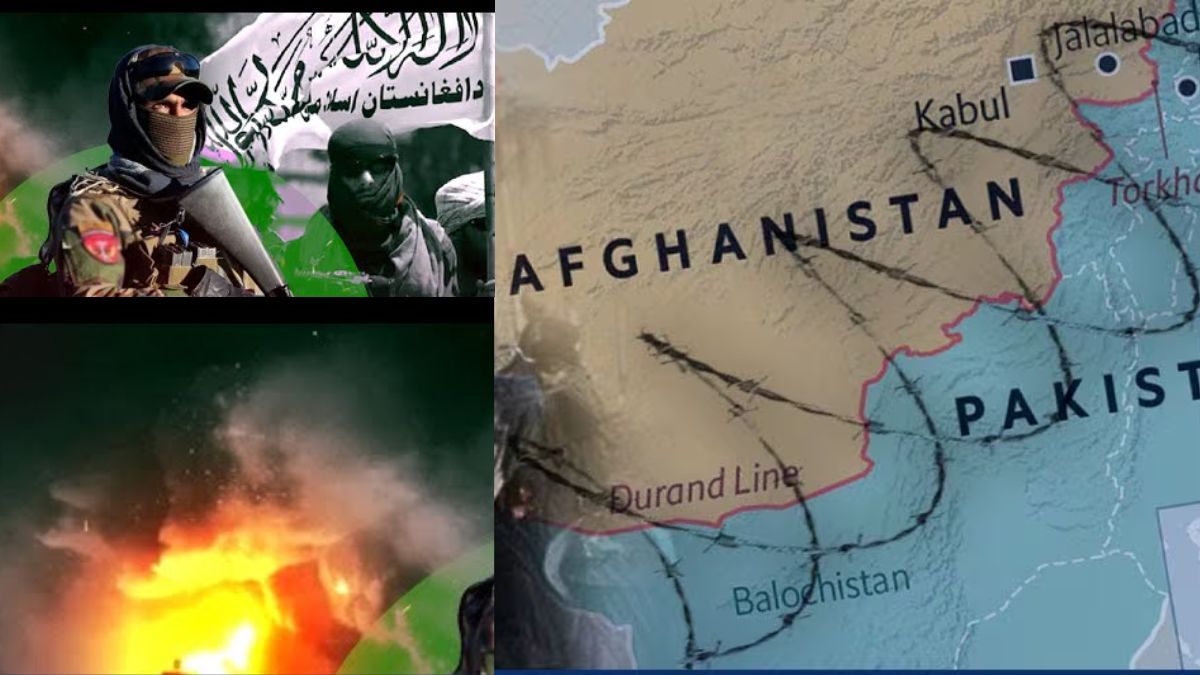)
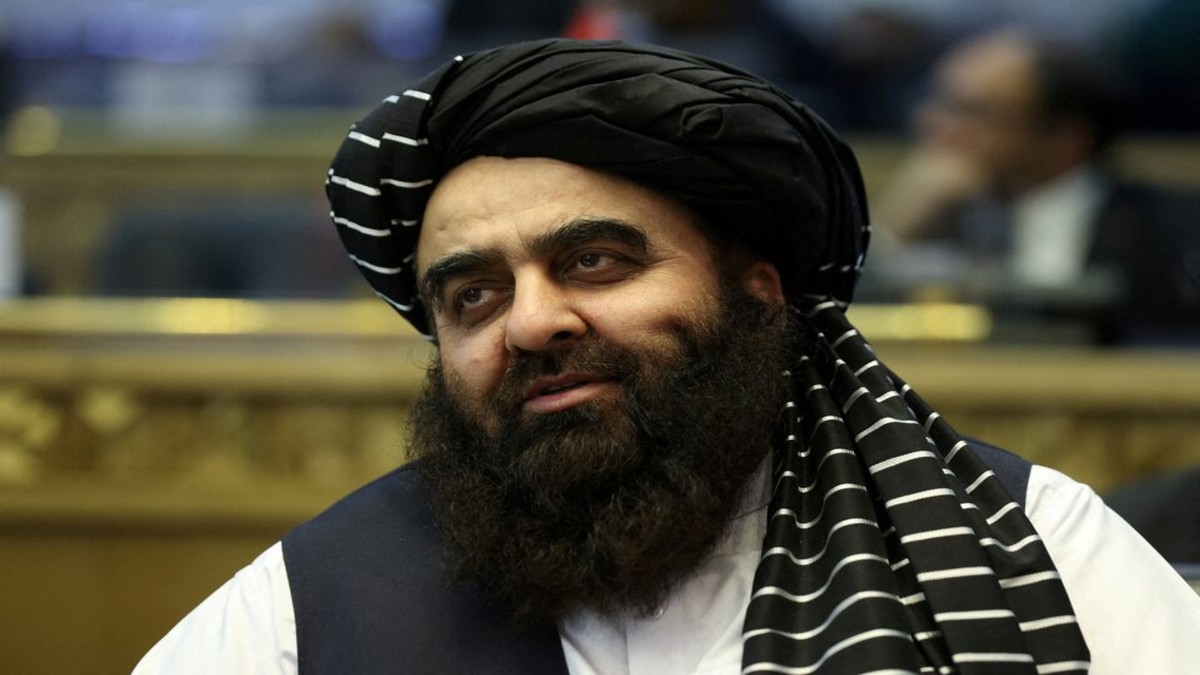)
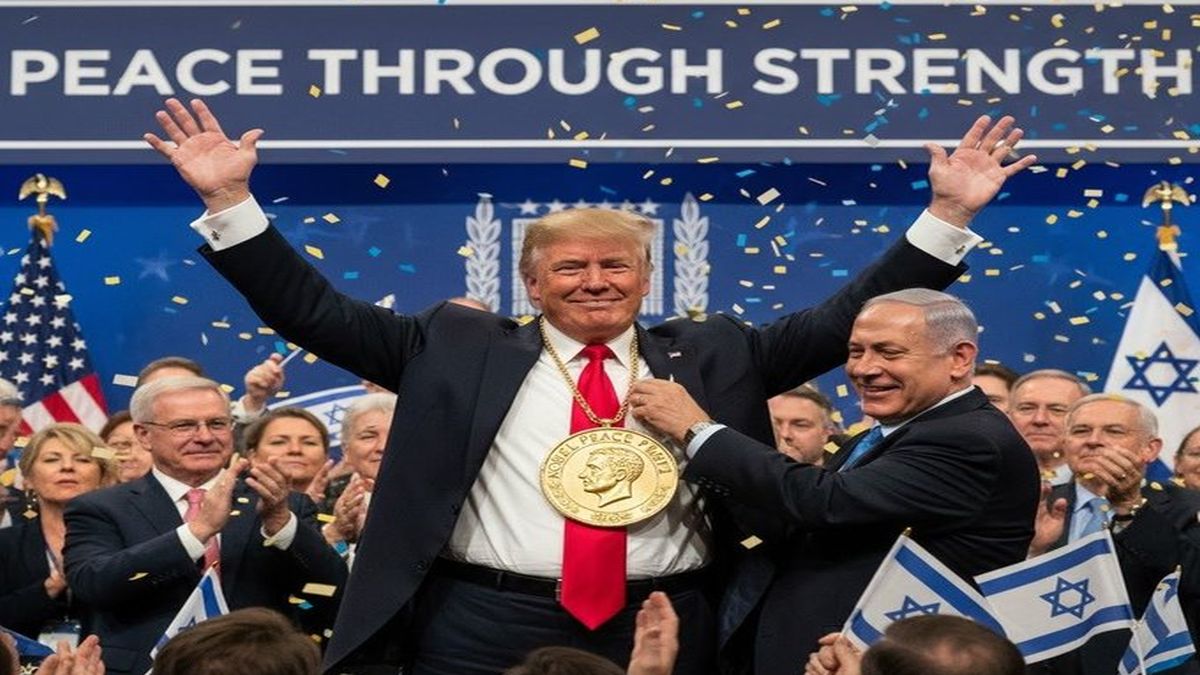)
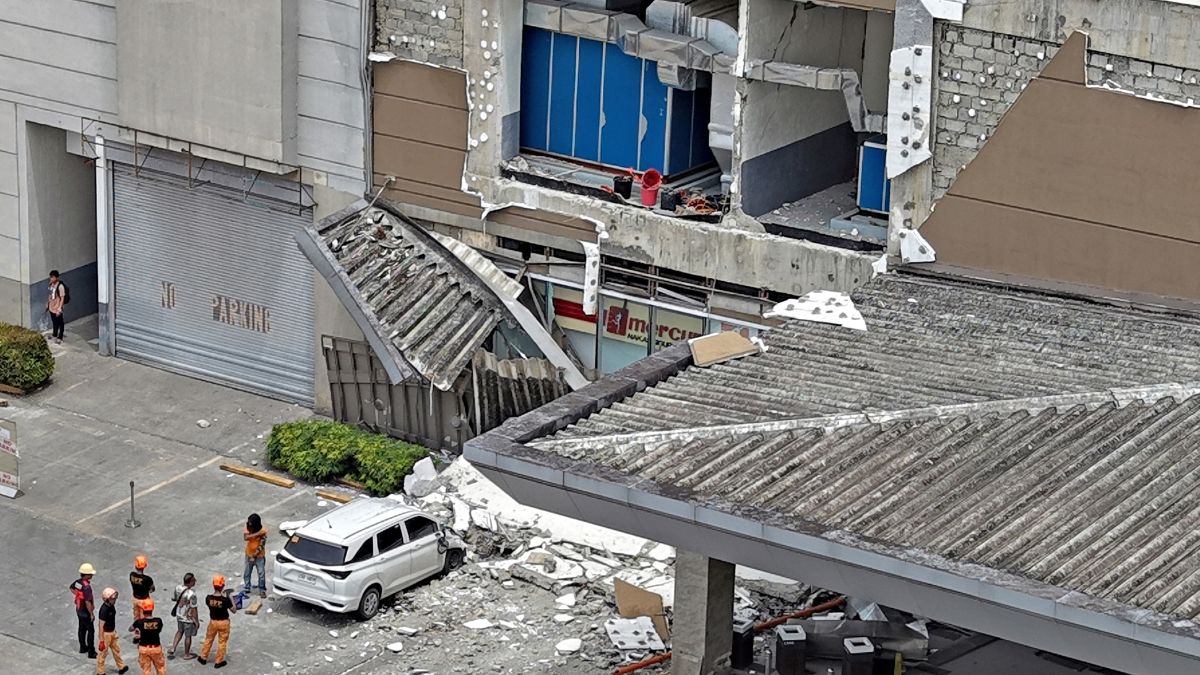)
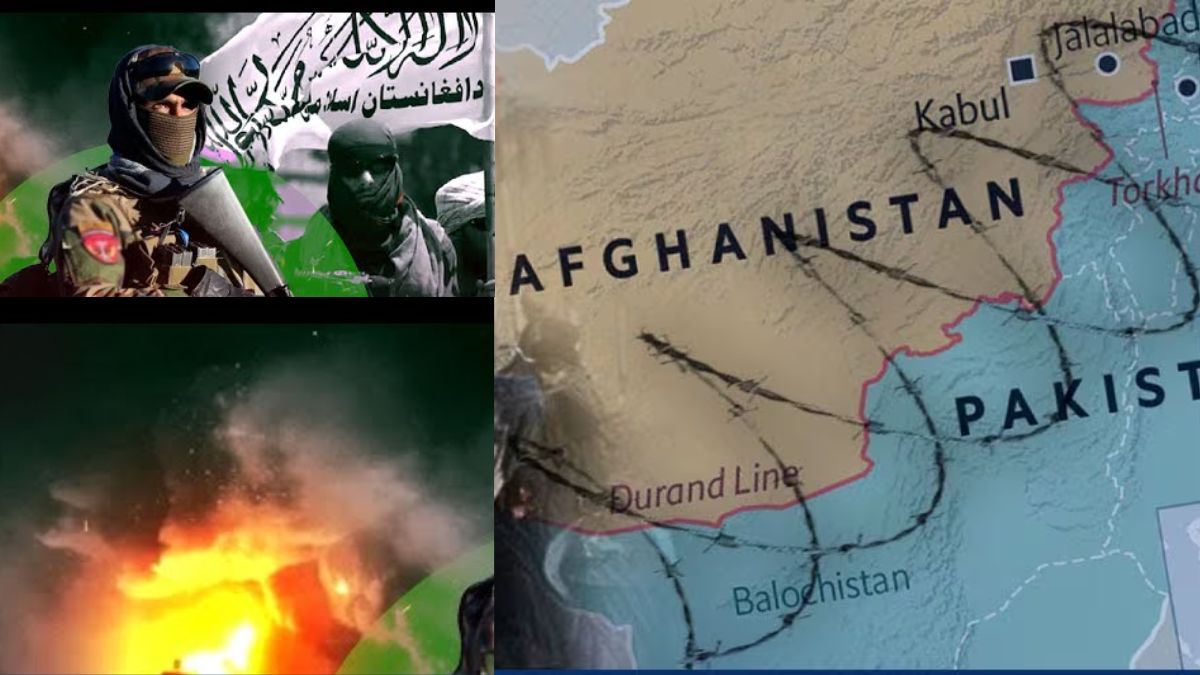)



